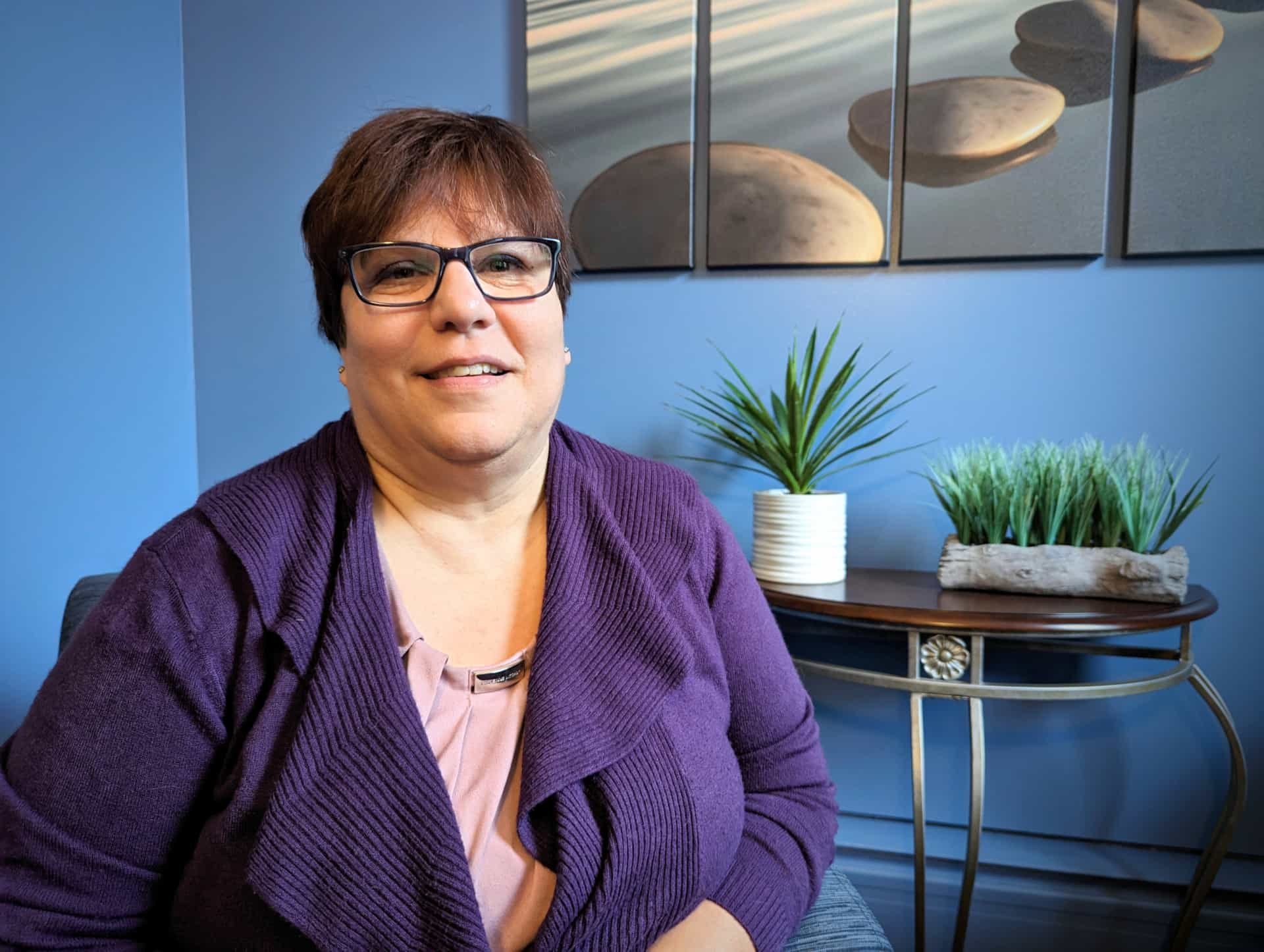Ask a Clinician with Jennifer Martnick
What is the difference between palliative care and hospice care?
Palliative care is specialized care for patients living with a serious illness. The focus of this care is on providing relief from the symptoms and the stress of a serious illness. The goal is to improve the quality of life for both the patient and the family. Like hospice, non-hospice community-based palliative care is provided wherever the patient calls home. Palliative care is comfort care with or without curative intent. Palliative care will work with your physician to keep you comfortable at home. Through our team, we can address caregiver support, access to community resources, symptom management and support, goals of care discussions and completion of advance directives if needed.
Hospice is comfort care without curative intent; the patient no longer has curative options or has chosen not to pursue treatment because the side effects outweigh the benefits.
Who is eligible for palliative care?
Anyone who has an advanced serious illness and community/facility based active Physician. Once a referral is called in, Hospice of the Western Reserve will seek an order from this community/facility Physician to promote collaboration. Referrals can come from anyone including the patient themselves.
Where can I receive palliative care?
Services are provided in patient homes, nursing facilities, assisted living facilities, group homes and most any other home location. We are also able to provide virtual visits.
Why is the Navigator program different than other palliative care programs?
The Western Reserve Navigator Palliative care program follows guidelines developed by the National Consensus Project to direct the program. Our team consists of Advance Practice Registered Nurses (APRN), Social Workers (SW), volunteers and a Registered Nurse (RN). We come to you wherever you call home. Our volunteers can assist with many services but typically provide monthly phone calls, in person companionship and respite for caregivers. We offer 24/7 availability for questions or changes in condition. Visits will occur on average between six and twelve weeks. The services do have a cost as much as most commercial insurances, and Medicare and Medicaid cover most costs. Your insurance may require a copay.
What can I expect when receiving palliative care?
You can expect visits where the professionals listen to your needs and offer ongoing education and support in a non-judgmental manner. The professionals that visit our patients are honest and present for visits. We will discuss steps to address and identify needs with our patients and their family to allow choice in the plan of care.

Jennifer Martnick, AGNP-C, ACHPN
Team Leader, Palliative Care
